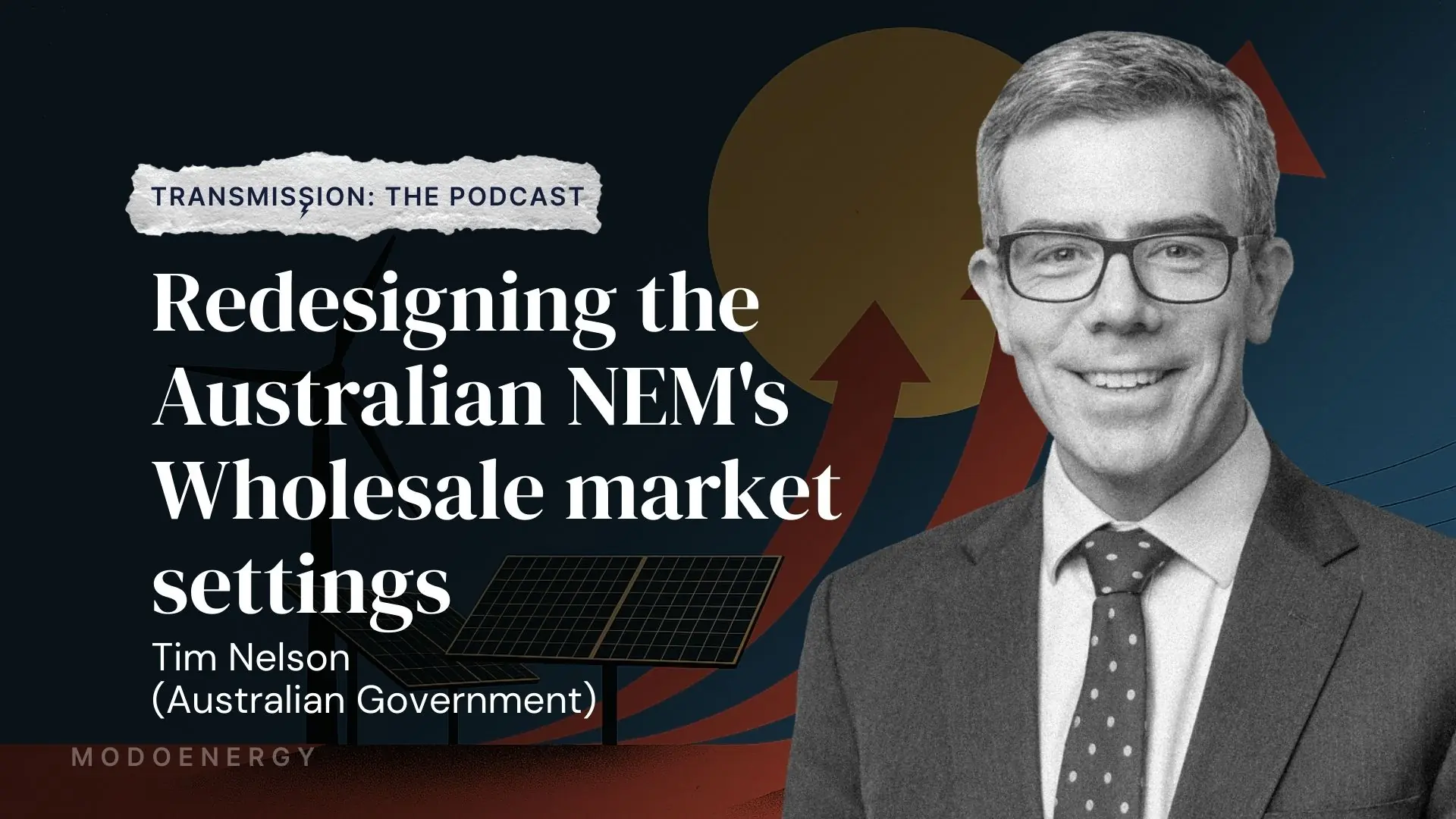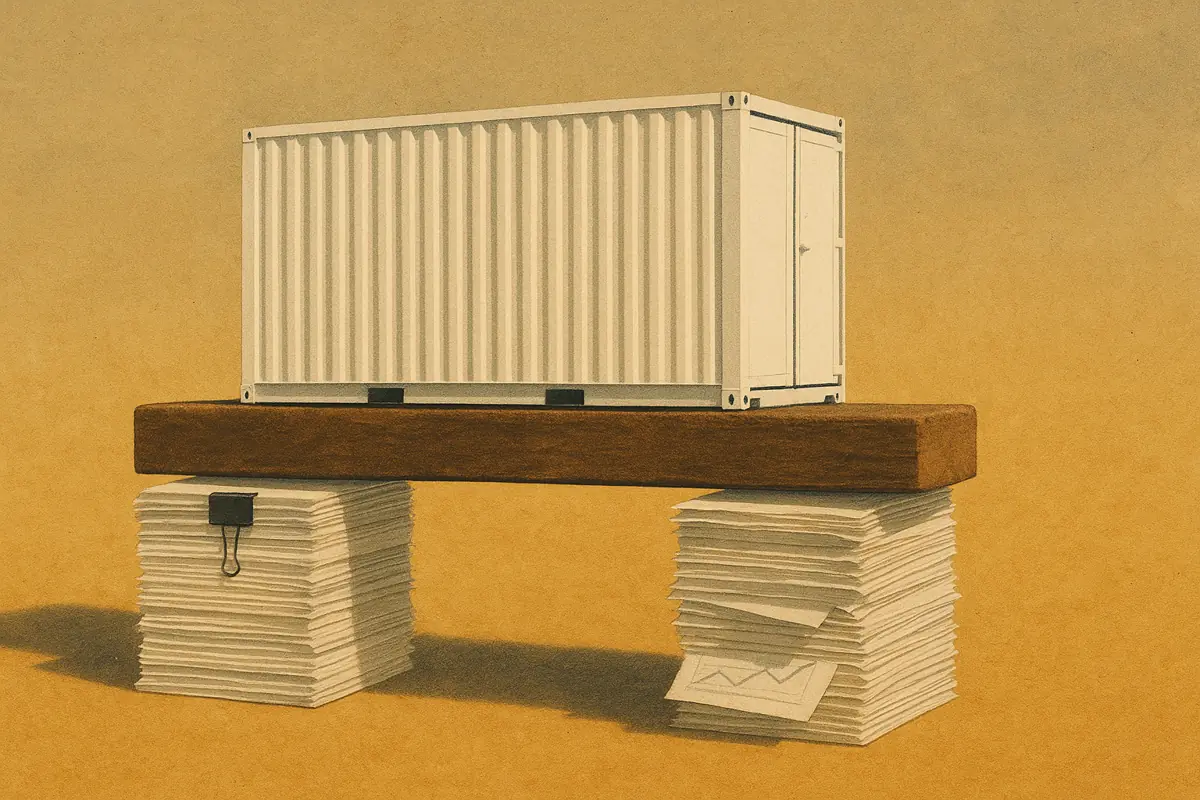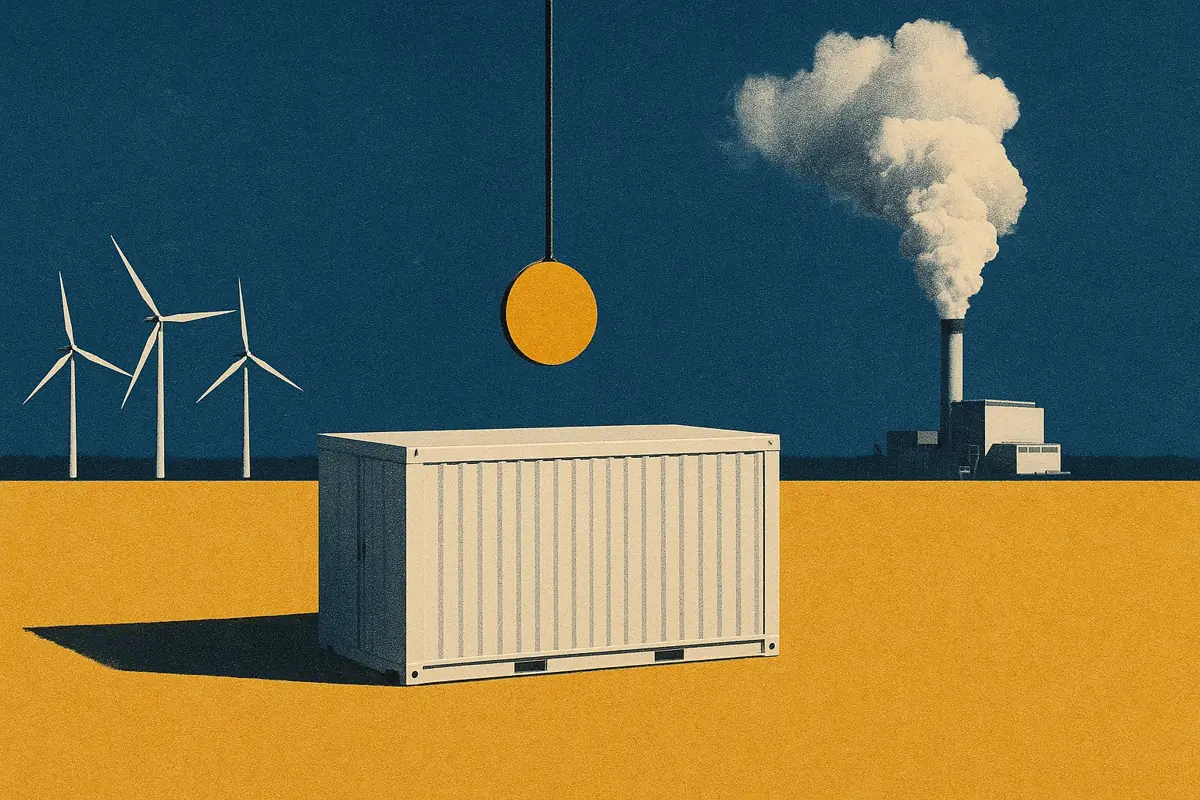In January 2025, our research focused on evaluating the latest on battery energy storage operations, buildout, and policy updates from the end of 2024 and how these will shape the landscape for batteries in Great Britain in 2025.
In addition to this, we analyzed why revenues hit a two-year high in January and released the latest version of our GB BESS Revenue forecast, providing the most up-to-date view of battery revenues out to 2050.
January research summary
- Battery revenues grew to a rate of £88k/MW/year in January, a 5% increase from December and a two-year high.
- Wishaw and Coventry were the highest earning batteries in December 2024, both leveraging Balancing Mechanism and wholesale trading strategies.
- Version 3.3 of the Modo Energy Battery Revenue forecast for Great Britain introduced new modeling of intraday prices and dispatch re-optimization in this market.
- In the final quarter of 2024 batteries saw their highest ever increase in energy capacity at over 800 MWh.
- Batteries are projected to exceed the Clean Power 2030 regional capacity targets by up to seven times.
Battery revenues saw their first increase in two consecutive months since March 2024
Battery energy storage revenues in Great Britain reached a rate of £88k/MW/year in January 2025, marking a 5% increase from December 2024 and the first back-to-back monthly revenue increase since early 2024.
Wholesale trading revenues surged by £11.6k/MW/year, driven by 42% higher wholesale price spreads, which hit a two-year high. In addition to this, intraday power prices peaked at £1,780/MWh on January 8th, leading to the highest single-day battery revenues since 2022, with earnings of £394k/MW/year.
The full article can be accessed here, where you can find out more about what caused the price spike on January 8th, how batteries responded and how batteries performed in the remaining revenues streams across the month.
The Balancing Mechanism and wholesale trading produced the highest earning batteries in December 2024
In December 2024, batteries earned £76k/MW/year, excluding Capacity Market revenues. This was the highest revenues of the year and the highest revenues in two years at the time. Wishaw was the highest-earning battery, reaching £122k/MW/year, followed by Coventry. Both leveraged Balancing Mechanism and wholesale trading strategies.
These two systems were also the top earners in 2024, and their strategies remained largely unchanged from recent months. The sites are located in opposite ends of the country. Wishaw, in Scotland, earned more revenue from wholesale exports, while Coventry, in the Midlands, earned more Balancing Mechanism revenue in December.
The full article includes insight into:
- How Balancing Mechanism Offer dispatch surged to a record 83 GWh and its impact on their strategies.
- Why Wishaw consistently earned high revenues in December 2024, even on low-revenue days, due to its location in South Scotland and Balancing Mechanism strategy.
- How batteries in the south of Great Britain outperformed those in the north in the Balancing Mechanism, benefiting from regional price dynamics.
The full review of the top operational strategies in December 2024 can be found in the article here.
The latest version of our GB BESS Revenue forecast introduces new intraday price modelling
Version 3.3 Modo Energy Battery Revenue forecast for Great Britain introduces new modeling of intraday prices and dispatch re-optimization in this market. Nuclear capacities have been updated in line with recently announced delays to retirements, and commodity prices have been updated.

The dispatch model now performs an initial day-ahead optimization, before re-optimizing positions in the intraday market every two hours during the delivery day. Following these updates, the revenue uplift from intraday trading increases from 22% in 2024 to 35% in 2031.
Further updates to the forecast model include:
- The impact on forecasted nuclear capacity following the delayed retirements of several nuclear power plants
- The longterm buildout of BESS and carbon capture and storage (CCS)
- Price projects for gas and carbon and their impact on power price spreads
- How revenues are impacted through 2050
On Thursday, 22nd January, we held our quarterly GB BESS revenues livestream following the updates. Hosted by Modo's Robyn Lucas, Ed Porter and Shaniyaa Holness-Mckenzie, we covered topics ranging from market trends in 2024, to the impact of intraday trading on future BESS revenues and a view of future BESS capacities following connections reform and Clean Power 2030.
Head to the article to watch the livestream in full and learn about the other modeling changes and their impact on revenues.
Q4 2024 saw the highest increase in energy capacity from batteries in a single quarter ever
381 MW of batteries began commercial operations in Q4 2024 in Great Britain, bringing the total rated power of batteries in Great Britain to 4.7 GW. Total energy capacity rose to 6.6 GWh following the buildout of nine new sites as well as two existing sites that underwent augmentation. Average duration of batteries in Great Britain stood at 1.4 hours by the end of 2024.
98% of new battery capacity added in Q4 had a duration of at least two hours, highlighting a shift toward longer-duration storage for greater flexibility. This, coupled with the augmentation of existing batteries, means that Q4 2024 saw a record 812 MWh increase in total energy capacity.
Head over to the full report to find out more about the new batteries online in Q4 2024, which markets they are operating in, and the buildout projection for 2025. You can also download the latest update of the pipeline for battery energy storage system in Great Britain out to 2027.
Battery capacity could be up to seven times oversupplied based on Clean Power 2030 capacity limits
Grid connection reform in Great Britain is aimed at streamlining the connection queue for energy projects. By October 2024, 77% of queued capacity had responded to a request from the National Energy System Operator (NESO) to indicate their ‘readiness’ for connection by 2030.
Split between transmission-connected and distribution-connected projects, the results give an indication of how much capacity could be ready to connect following the connections reform work, compared to the Clean Power 2030 maximum capacities.
Distribution and transmission zones see high amounts of oversupply from battery energy storage projects. However, the extent does vary from zone to zone.

The T3 transmission zone, covering North England, is currently the only transmission zone where there is an undersupply based on the current queue. There are 564 MW of batteries connected, or waiting to connect by 2030, compared to a Clean Power 2030 limit of 800 MW. However 814 MW of projects from the whole queue have suggested that they would be ‘ready’ to connect by 2030.
While the North England (T-3) zone may face undersupply, others, like D6 (NGED) distribution zone and D2 (SP Distribution) distribution zone, could experience battery oversupply.
The full article covers details such as:
- The targets, low-case capacity and current queues capacity for batteries in the distribution and transmission queues.
- NESO’s attitudes towards oversupply and how rigid the capacity limits are.
- A description of the provisions that have been introduced to protect well-progressed projects during the connections reform process.
- An explanation of the next steps in grid connections reform.
To understand more about the underlying data and to see the distribution-connected map, head to the full article.
Synchronous compensators, and Stability Pathfinders: Maintaining grid stability
Maintaining grid stability is becoming harder all the time - particularly with the growing integration of renewable energy sources. Unlike traditional power generation, wind and solar lack the inherent inertia needed to maintain a stable grid.
Enter technologies like synchronous compensators - advanced spinning machines that can deliver the inertia required to balance the grid and ensure reliable power supply. Initiatives like NESO’s Stability Pathfinders are designed to deliver innovative solutions to safeguard grid stability in our renewables-driven future.
Guy Nicholson, Head of Grid Integration UK at Statkraft, joined Ed Porter to explore the topic of grid stability, synchronous compensators and more.
In addition to this, other topics discussed on the podcast include:
- Grid connections and connections reform with Catherine Cleary and Joe Colebrook - Understanding the grid connection process from both a commercial and an engineering perspective and what an ideal outcome for connections reform might look like.
- BESS markets in the US and Crypto's Surge in Demand Response with Ali Karimian - Exploring the challenges and opportunities in US markets like ERCOT, CAISO, PJM, shedding light on critical developments such as PJM’s recent capacity market overhaul and the surge in demand response programs across the US.







